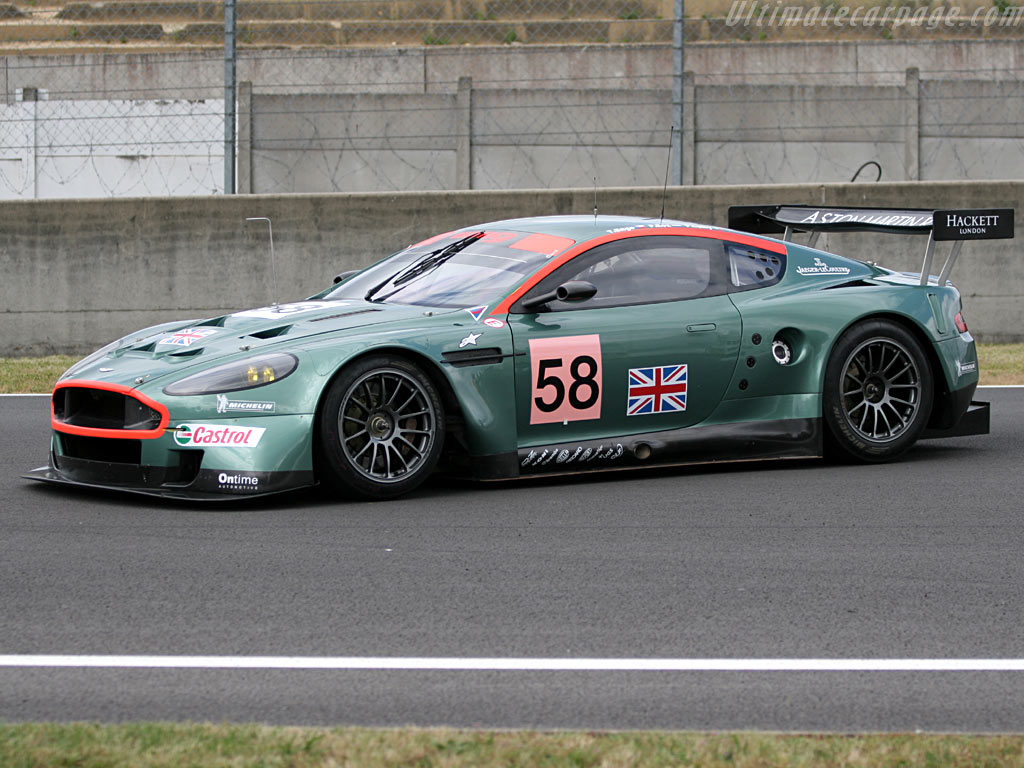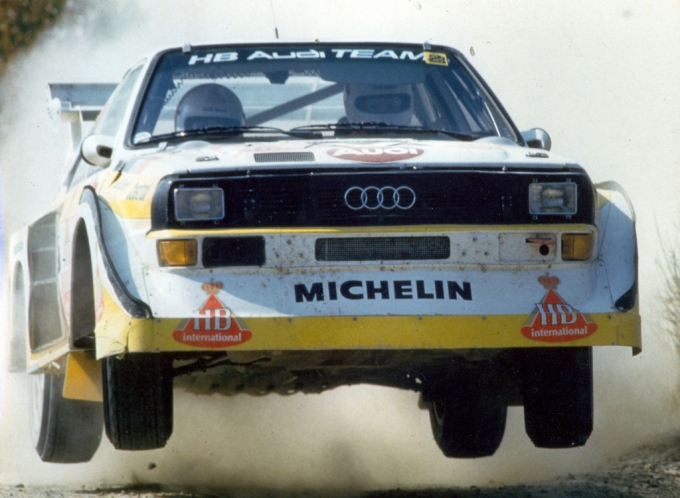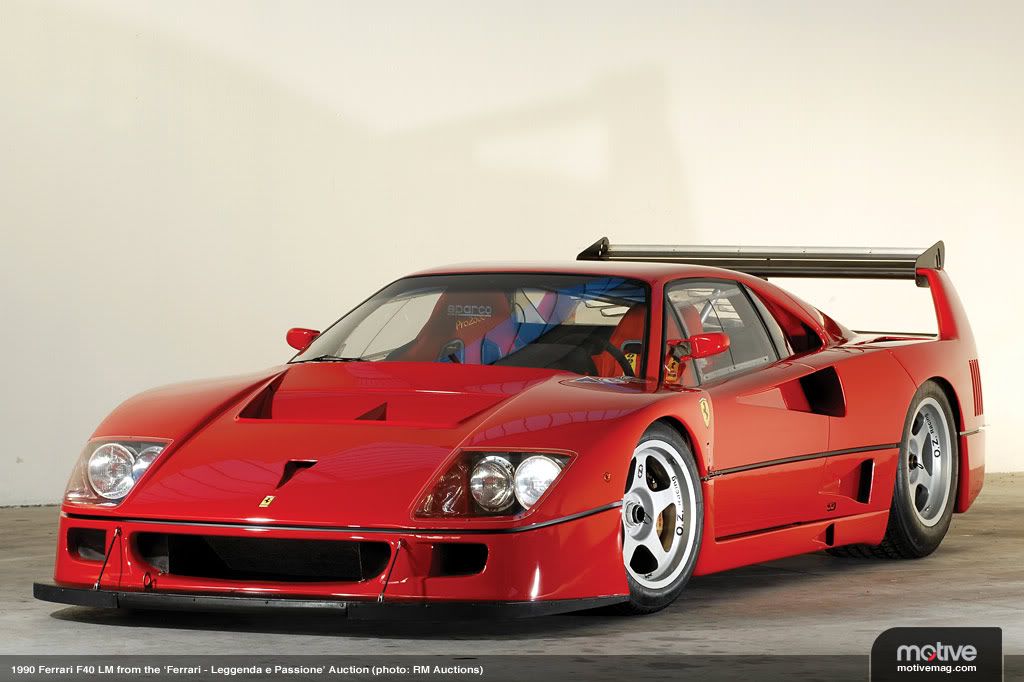The Toyota 7 (578A)
The Toyota 7 was a racing car developed by Toyota Motor Company and subsidiary Yamaha Motor Corporation. Designed primarily for use in the Japanese Grand Prix, the cars were Toyota’s first custom-built racing car, competing under the FIA’s Group 7 rules, similar to the Can Am series in North America and Interserie in Europe.
The 7, known by the internal code 415S was developed by Jiro Kawano, who had also developed the 2000GT that Toyota had previously entered in the Japanese Grand Prix. Yamaha constructed the chassis while the new 5.0 litre V8 engine was built by Toyota. The V8 that powered the 7 replaced the Straight-6 engine used in the 2000GT due to the increase power potential of the larger engine. This engine was capable of producing up to 300 hp, thanks to the addition of a dual overhead cam design. However, the 3.0 litre V8 which was used in the early years was not powerful enough to compete with the Chevrolet and Porsche-powered competitors. This led to the development of a 5.0 litre version, capable of 600 hp. The initial bodywork was similar to other Group 7 cars, with an open two-seater cockpit and large intakes behind the doors. Exhaust pipes were placed directly on top of the engine, exiting straight off the tail of the car. A simple rollhoop protected the driver.
The 7s made their debut at the 1968 Japanese Grand Prix, four entries starting and two of those finishing, taking eighth and ninth places. Although the 7s finished, they were well behind their main competitor, Nissan, who had not only two new R381s, but also three older R380-IIs finish in the top six. Porsche also managed to finish ahead of Toyota with their 906. Toyota entered the 7s in several other Japanese events that year, including the 1000 km Suzuka, where the cars took the top four positions. A 200-mile (320 km) event was held at Fuji against invited contenders from the Can Am series, with five 7s entered; the Toyotas finished fourth, fifth, sixth, eighth, and ninth.
For 1969, the 7s were evolved in order to adapt to problems on the original cars. The bodywork was completely redesigned, shaped similar to a large broad wedge for increased front downforce. For the rear of the car, the exhaust pipes were placed within the bodywork, while an intake scoop was mounted over the rollbar. These new 7s were referred to internally as the 474S, while press material referred to it as the New 7. The revised New 7s continued to show their potential, winning the 1000 km Suzuka once again. For the New 7s main event, the Japanese Grand Prix, Nissan arrived with their revised R382s. Although Toyota was able to outperform Porsche, including a factory-run squad in a new 917, the Nissans once again proved too daunting, taking the top two spots by a lap over the Toyota.
Toyota made plans to revise the car once again for 1970, most notably by the addition of two turbochargers to the V8 engine. These additions boosted power to 800 hp. A large rear wing was also added to the 7, helping to increase rear downforce and traction. This car was known by the name 578A.
However, the Japanese Automobile Federation (JAF) announced that the Japanese Grand Prix was to be revised for use by open wheel cars from 1970 on. This forced Toyota to cancel the 7 program, although at least one turbocharged 7 had been completed prior to the announcement.
Toyota planned to move the cars to North America and enter Can-Am, however drivers Sachio Fukuzawa[8] and Minoru Kawai were killed in separate testing accidents in February 1969 and August 1970. Sachio was in fact testing the only coupé version of the car that was especially built when he fatally crashed. This would be the last sports prototype built by Toyota until the 1980s.
Toyota used the 7 once more in 1970 as a base for the EX-7, publicly shown at that year’s Tokyo Motor Show. The turbochargers were removed from the V8 engine to bring the power down to 450 PS (330 kW) while the bodywork was a streamlined coupe design similar to other supercars of the era.











